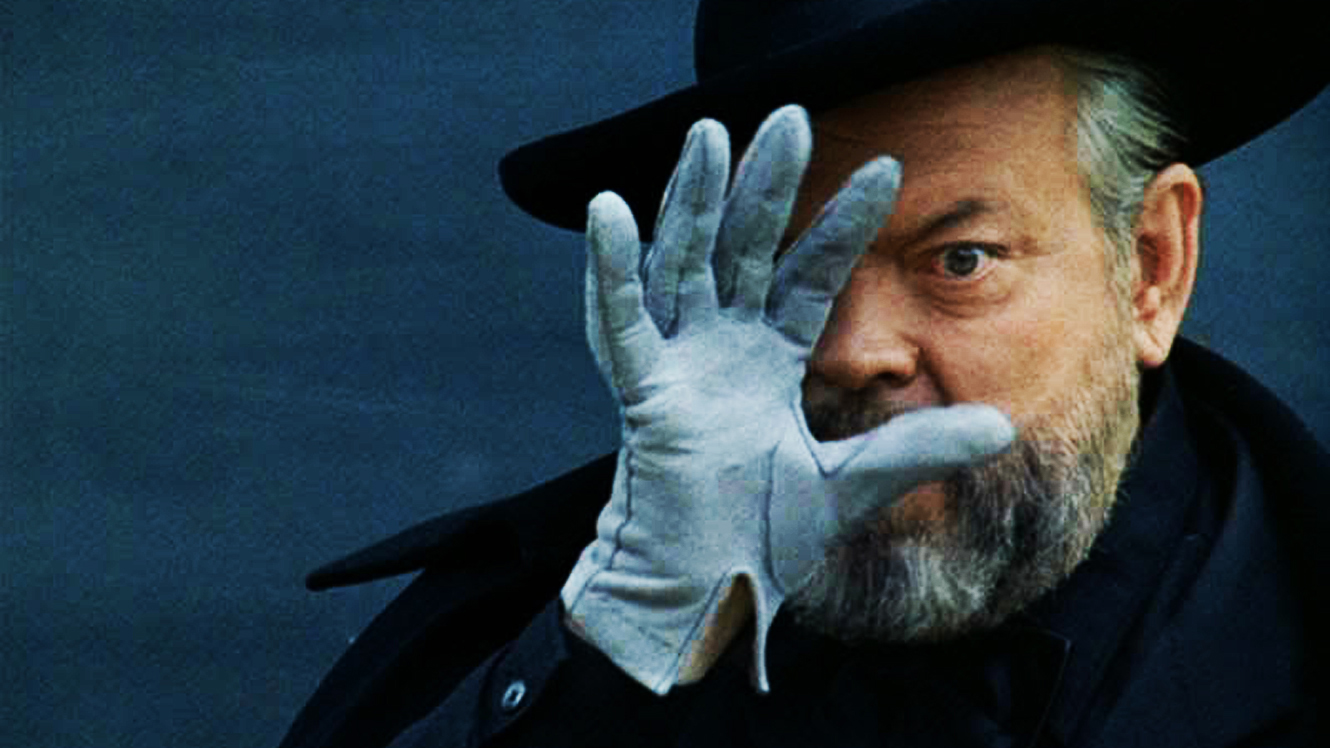P for Poivre
On Orson Welles’s fakes.

Screenshot: F for Fake
The film bores like Citizen Kane, the trolls study War of the Worlds, the nerds won’t stop going on about the opening shot of Touch of Evil, and the weirdos are still pining for the real version of The Magnificent Ambersons. That’s all fine, to each their own, but the best thing Orson Welles ever made was the 10-second clip nestled at the midway point of his 1974 film, F for Fake:
The entire movie is an oddity. It’s Welles’ final fully-realized film—he died 11 years later, after sputtering on a number of unrealized projects, and also Transformers: The Movie. And while F for Fake is technically categorized as a documentary, it’s more a fast-paced film essay. It begins with Welles telling a story about art forger Elmyr de Hory, so talented he sold over 1,000 forgeries to art galleries around the world, and Hory’s biographer Clifford Irving, who’d later be infamously caught fabricating an “autobiography” of the reclusive Howard Hughes. It’s a path into a broad examination of topics such as ownership, translation, reality, theft, magic, art, and fakes. (At one point he promises, “For the next hour, everything you hear from us is really true and based on solid fact,” purposefully neglecting to mention there are 77 minutes left.)
“It’s a movie about movies” is an overused cliché, but valid here. Most of all though, it’s a movie about Orson Welles.
Welles narrates the entire story with his hulking and sweaty mass on screen throughout. One of his storytelling set-ups, for reasons known only to him, is a bullshit session in the corner booth of a crowded Parisian seafood restaurant surrounded by beautiful people. It’s not an ideal way to tell a story to an outside viewer! But it does provide the aura that Welles seemed always trying to exude: Master of ceremonies at the center of an elegant table, casually extolling wisdom he’d achieved to youngsters ogling his status. So casually, in fact, that in the middle of filming he pauses mid-story to hoist his bowl of mussels shell empties and asks the waiter for a steak au poivre.
“Thanks a lot,” he drowsily says, and turns back to the camera to continue his spiel. Let’s watch it again:
The shot isn’t an accident. Welles was a notorious perfectionist, and seemingly even more so when it came to making this film. As film critic Jonathan Rosenbaum retells in an essay for Criterion:
“[T]he editing took Welles a solid year, working seven days a week—a routine suspended only for the length of time that it took Michel Legrand to compose the score—and required the use of three separate editing rooms.”
It’s intentional. It must have some purpose. But what that is, only the big guy knows.
Did Welles keep it in because he delivered the half-line before and half-line after the “steak au poivre” incident to his satisfaction? Is it some masculine boast about his consumption, like the character of Norman Bombardini in David Foster Wallace’s The Broom of the System, or that gross-out sketch in Monty Python’s The Meaning of Life that I refuse to link to here? Did the True Thespian just like how au poivre rolled off the tongue? Was he just an asshole?
The answer is all that, in some capacity. But there is also a simpler explanation.
The restaurant where the scene takes place is still around. It’s called La Mediterranée, and in its history section, notes that it was (is?) “a circumspect meeting place for some of the most popular figures in art and literature” above a photo of Orson Welles. It’s decently reviewed on Yelp, and gets four Euro signs on the price scale. It’s also “good for kids.”
But scanning through its menu, there’s a notable void. There is no steak au poivre.
FAKES is The Awl’s year-end holiday series for 2017. You can read the whole collection here.
